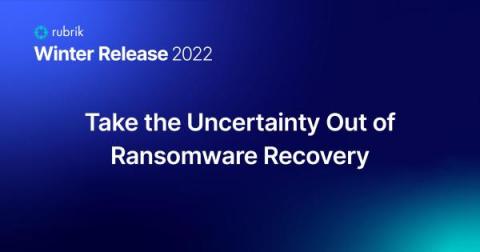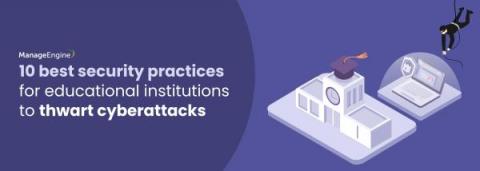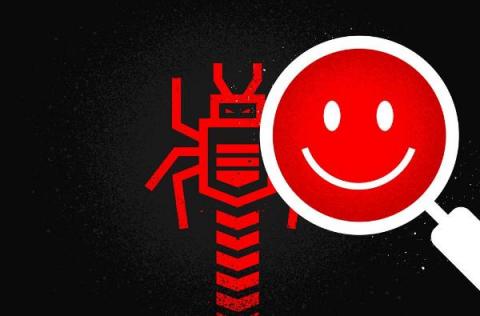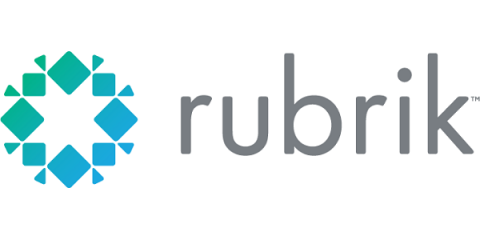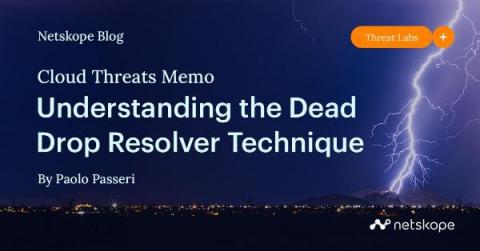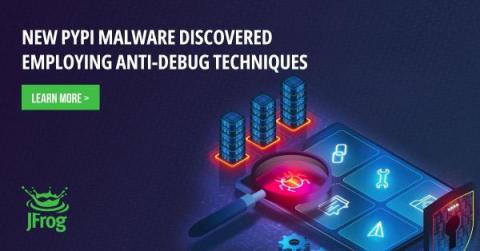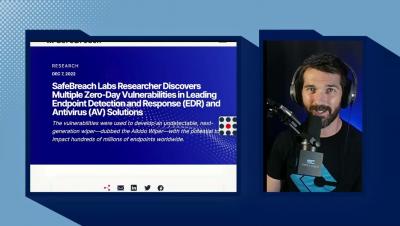Making Ransomware Recovery a Surefire Thing
Hard question: How do you recover from ransomware? Harder question: How can you prove you can recover? These two questions led our recent Winter Release event, where we discussed how to take the uncertainty out of ransomware recovery and prove that your recovery plan actually works. Read on to see how you can get peace of mind out of your ransomware recovery plan.


